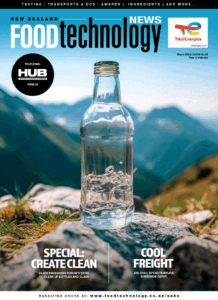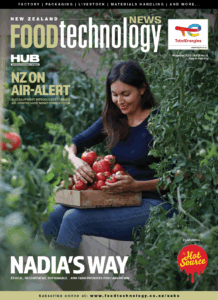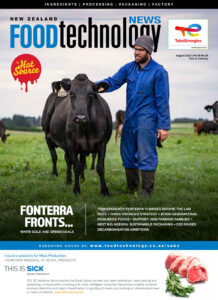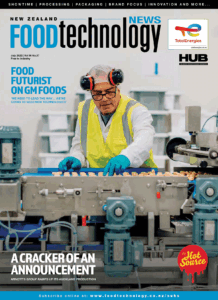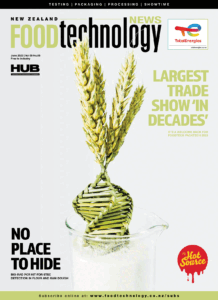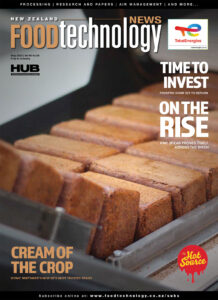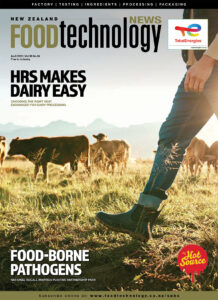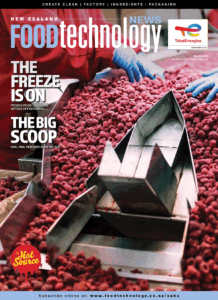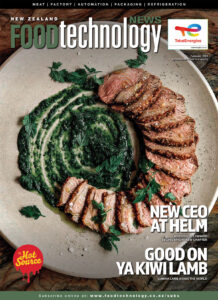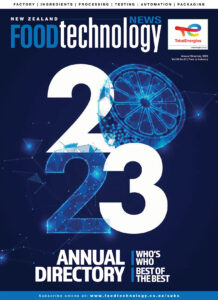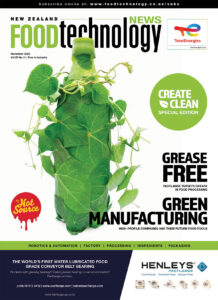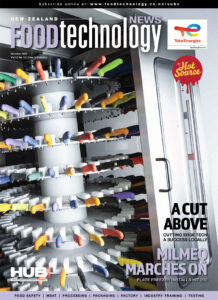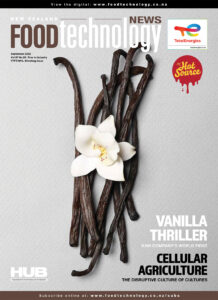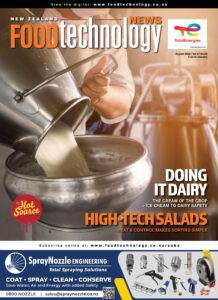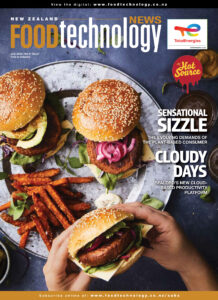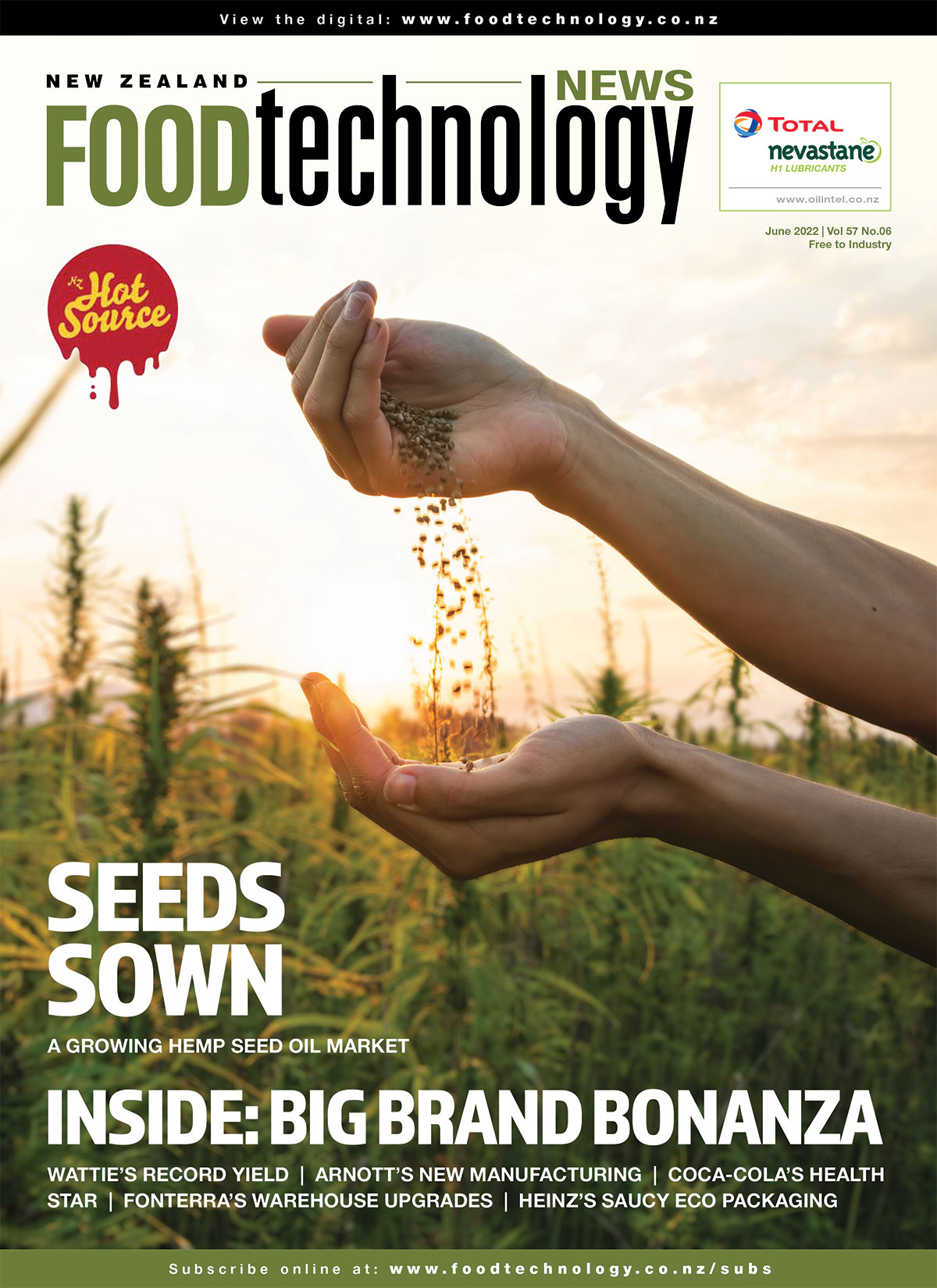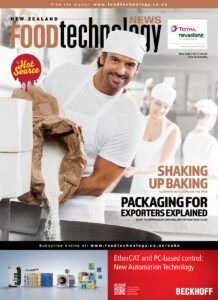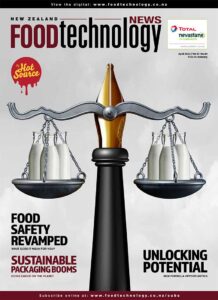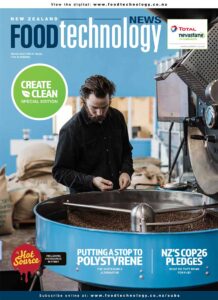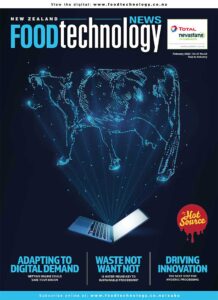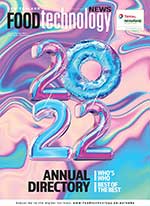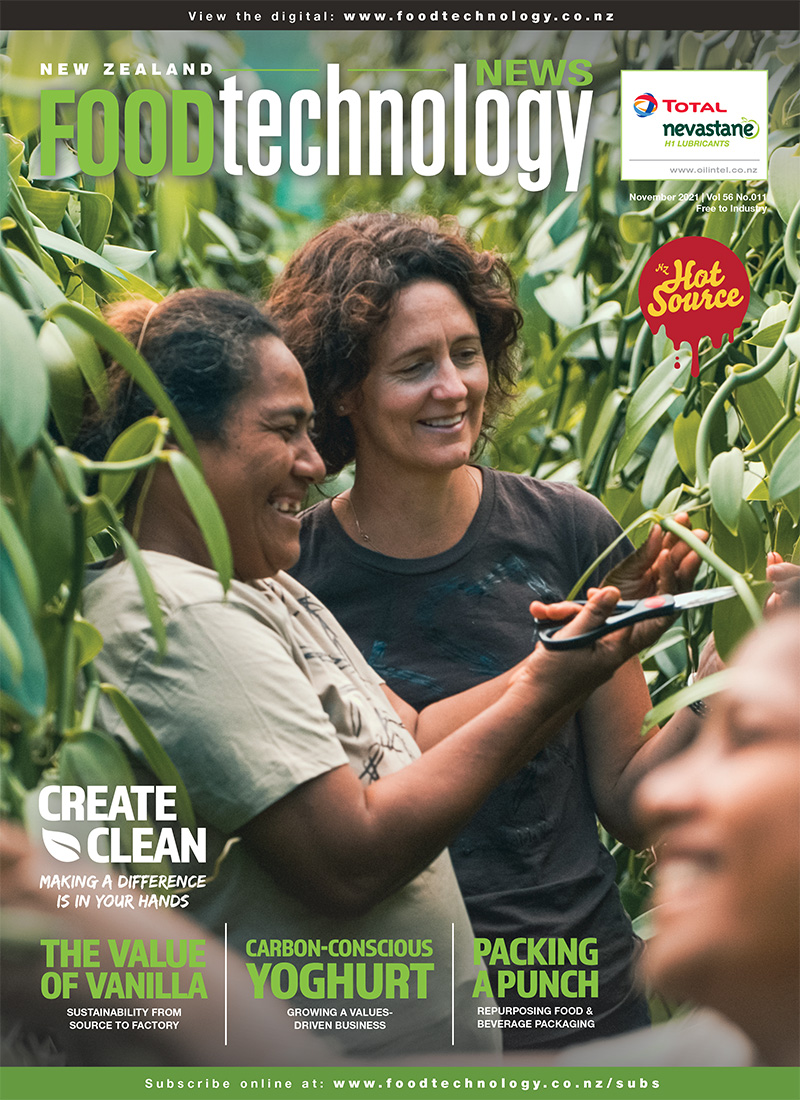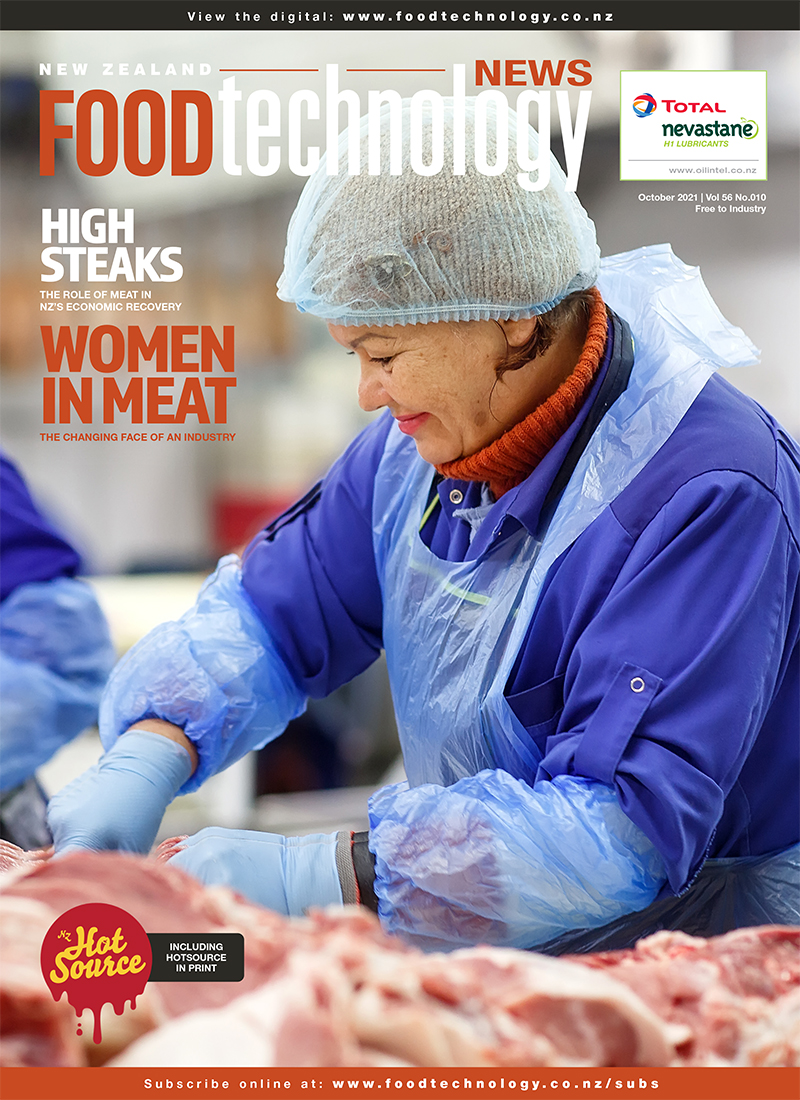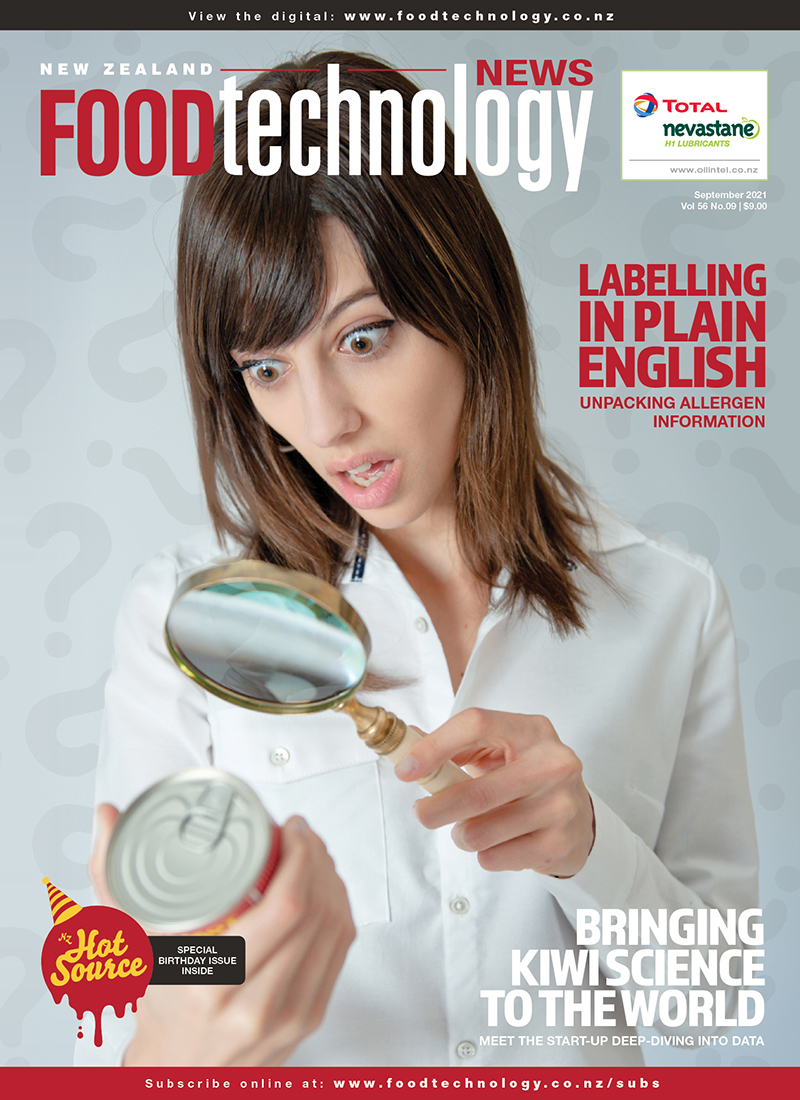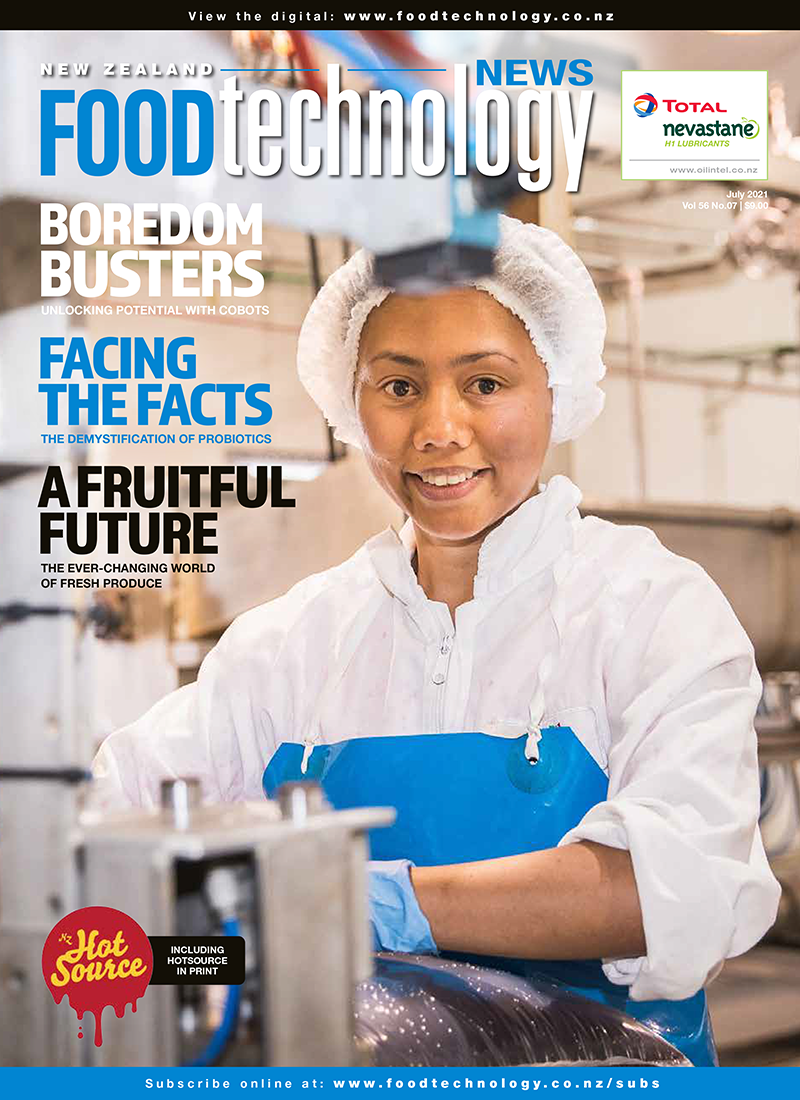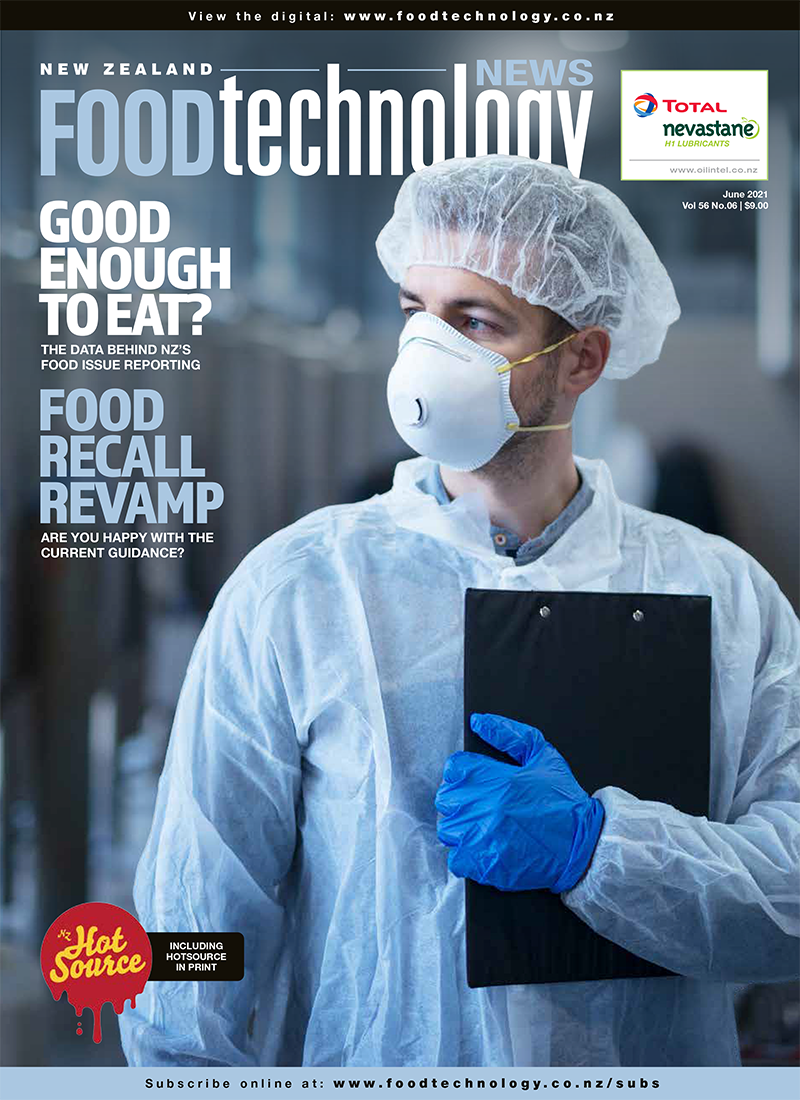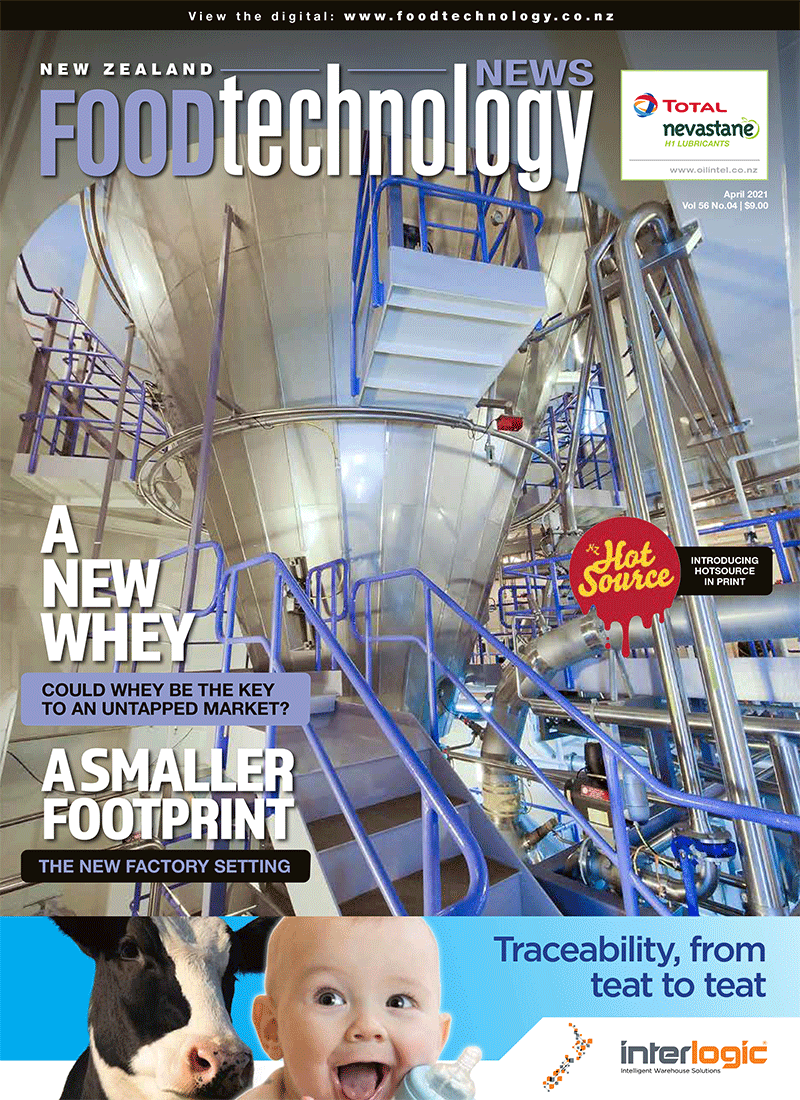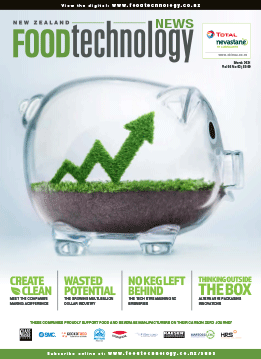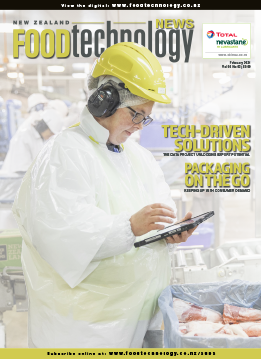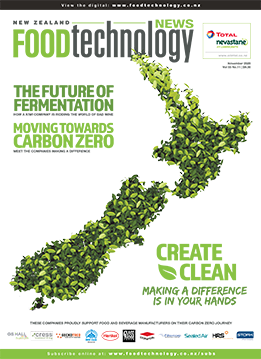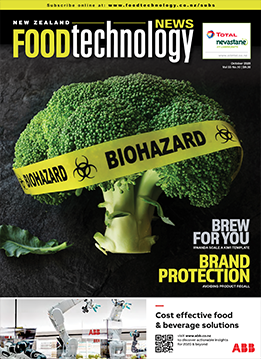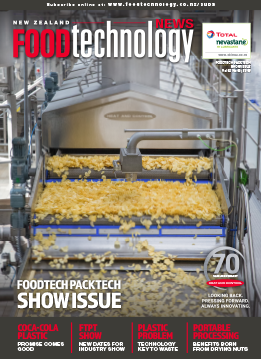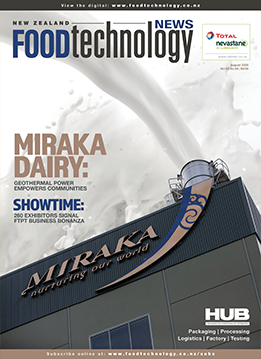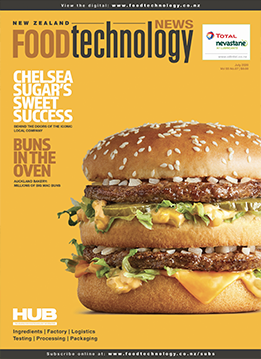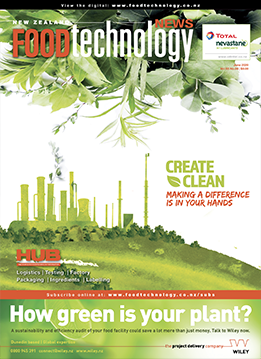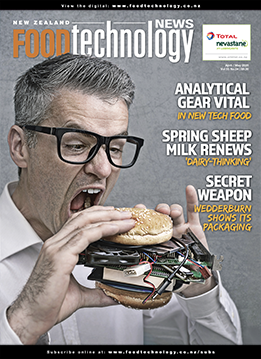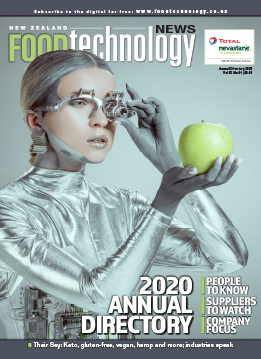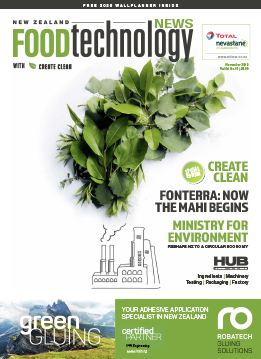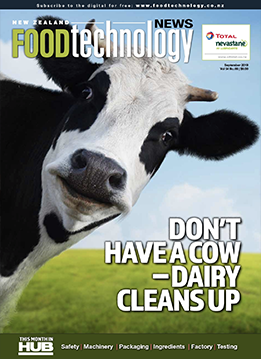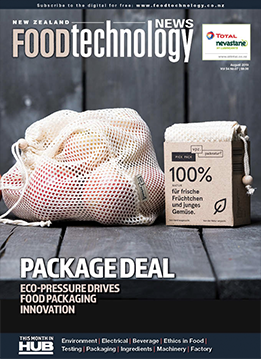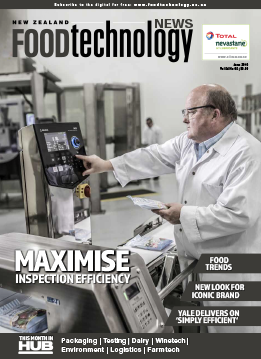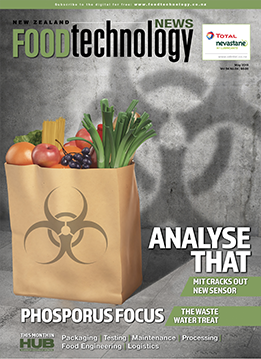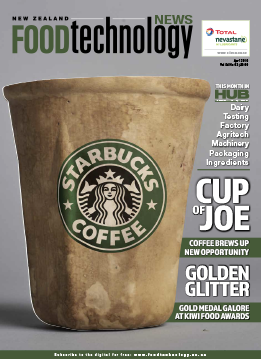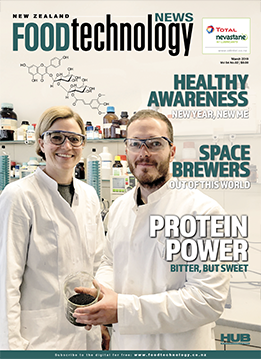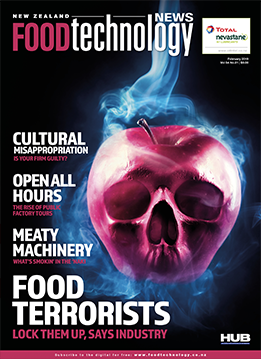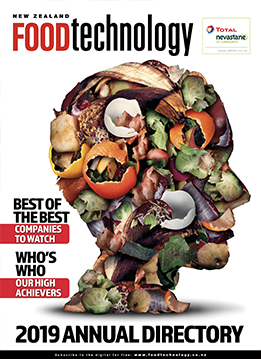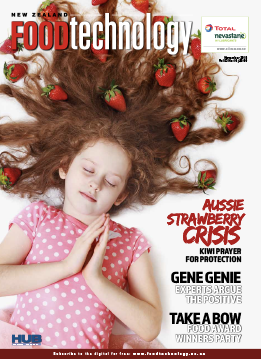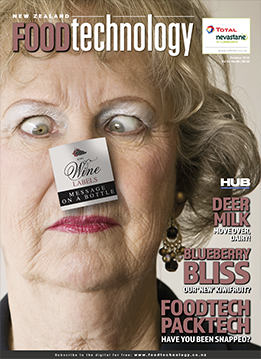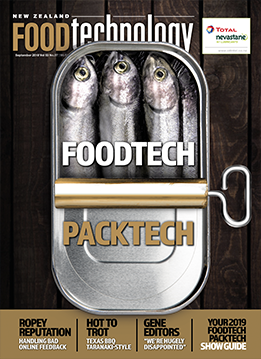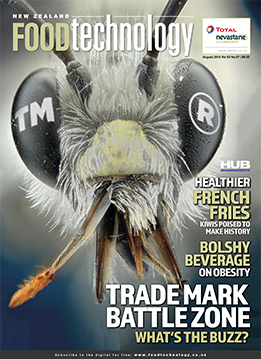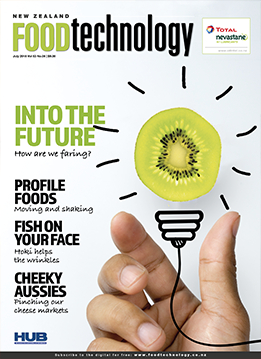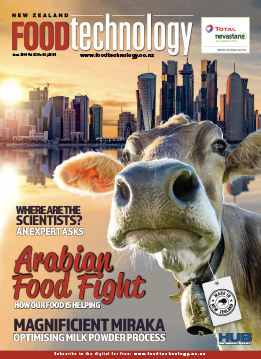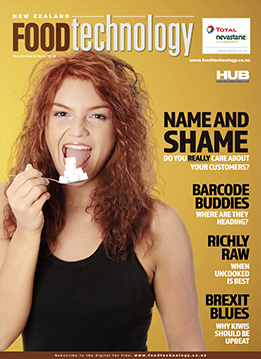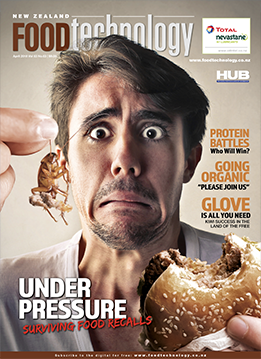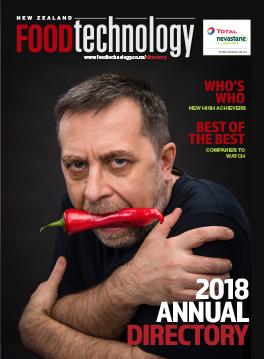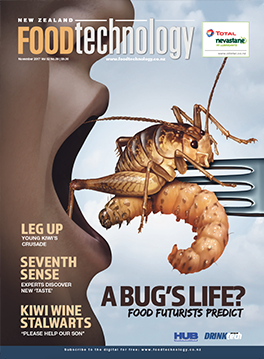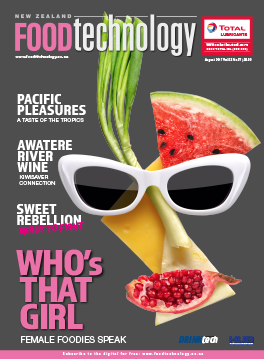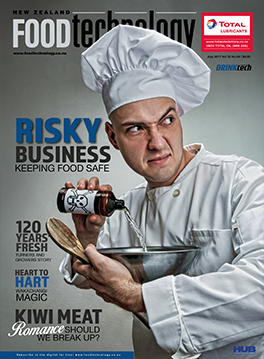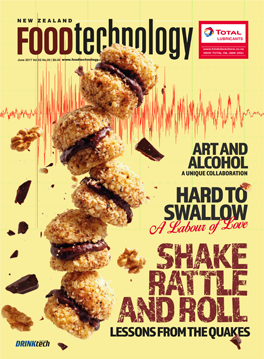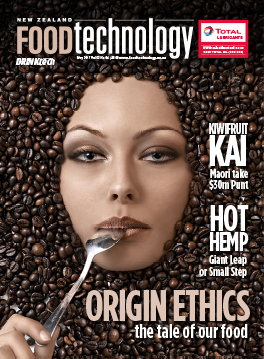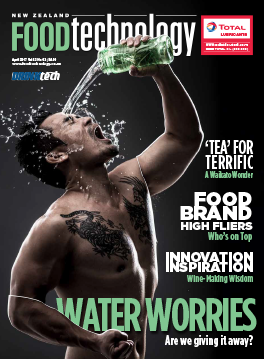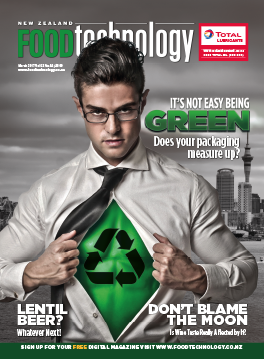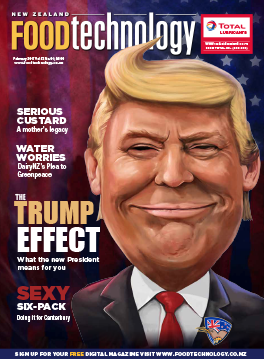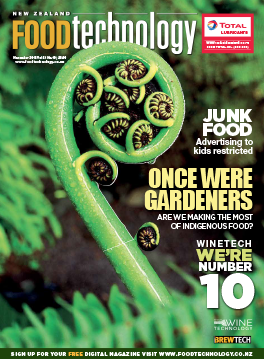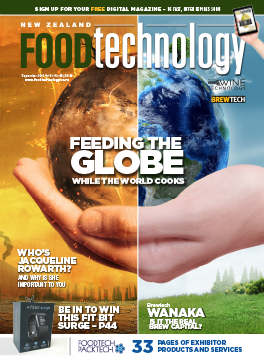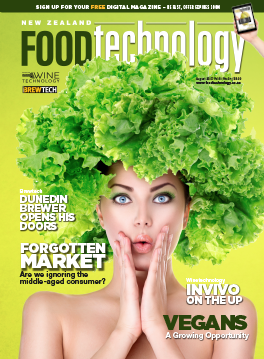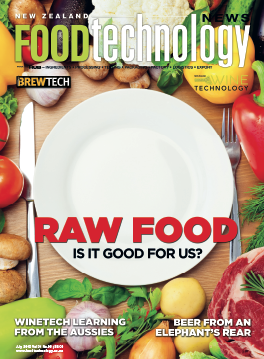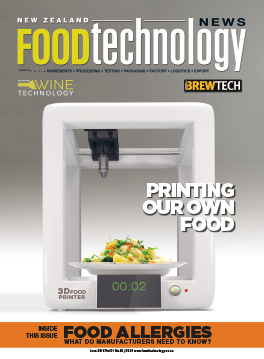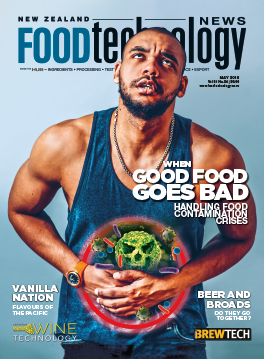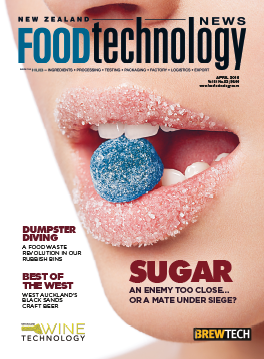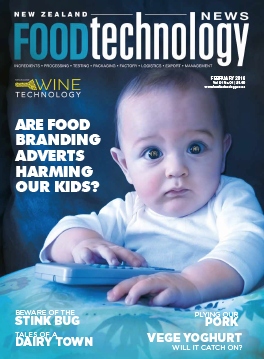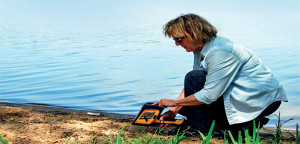
Industrialisation has left much of the urban environment contaminated with a variety of heavy metals, chemicals and pesticide residue
Industrialisation has left much of the urban environment contaminated with a variety of heavy metals, chemicals and pesticide residue. Research by a team from Macquarie University has produced a series of maps that plot the concentrations of metal pollutants across cities like Sydney and Darwin, and could one day assist Kiwi horticultural companies in gauging the ongoing health of their soil.
Headed by former Commissioner of the NSW Land and Environment Court Professor Mark Taylor, the Macquarie team is investigating environmental pollution and risks to human health from aerosols, dusts, sediments, soil and water.
Alongside the research – which covers a range of locations including Broken Hill, Mount Isa, Newcastle, Port Pirie and Townsville – those involved also run the community-oriented VegeSafe programme, the largest of its kind providing metal contamination level data to more than 1000 households to encourage the establishment of private and community vegetable gardens.
“The VegeSafe motto is ‘Carry on Gardening’,” Taylor says, “because this is exactly what we want people to do, knowing that their soils are metal free as is the produce from their gardens.”
One technique that is key to the work being conducted is X-ray fluorescence spectrometry (XRF) analysis for measuring levels of contaminant metals. Simple screening for toxic metals is performed by placing an analyser—such as the Delta Premium from Olympus—directly onto soil or dust. The analyser provides detection of metals for site characterisation, contamination tracking, remediation monitoring and property evaluations.
Olympus regional sales specialist Andrew Saliba says the latest portable X-ray fluorescence (pXRF) analysers have been developed specifically for complete environmental investigations of metal contaminants in a wide range of industrial and domestic materials. The high-power, high-performance, incredibly rugged analysers allow in-situ analysis in a wide range of harsh environments from remote mining and exploration sites to backyards in major urban centres.
Macquarie researcher Marek Rouillon has been working to evaluate the reliability and repeatability of XRF analysis on environmental samples. Typical ‘natural’ or ‘background’ concentrations of lead for the Sydney region are in the range 20 – 30 mg/kg or parts per million (ppm), he says.
However, due to the intense use of lead-containing products, much of Greater Sydney has been contaminated with the metal. Results indicate Sydney residences have a mean soil lead concentration of 220 mg/kg, which is approximately 10 times the typical natural background for Sydney’s soils and rocks.
In 2012, the Centres for Disease Control and Prevention in the USA stated that there is no safe blood lead level for young children. Prior to this, health authorities around the world had issued guidelines for ‘acceptable’ levels of lead contamination, but surveys and reports have shown that even at the lowest levels there were health effects in children, including impaired brain development and behavioural disorders.
Other uses of pXRF analysis include extreme-weather debris migration studies, agriculture soil inspections and construction and demolition waste sorting. A further use is as part of hazardous waste screening for disposal classification.








